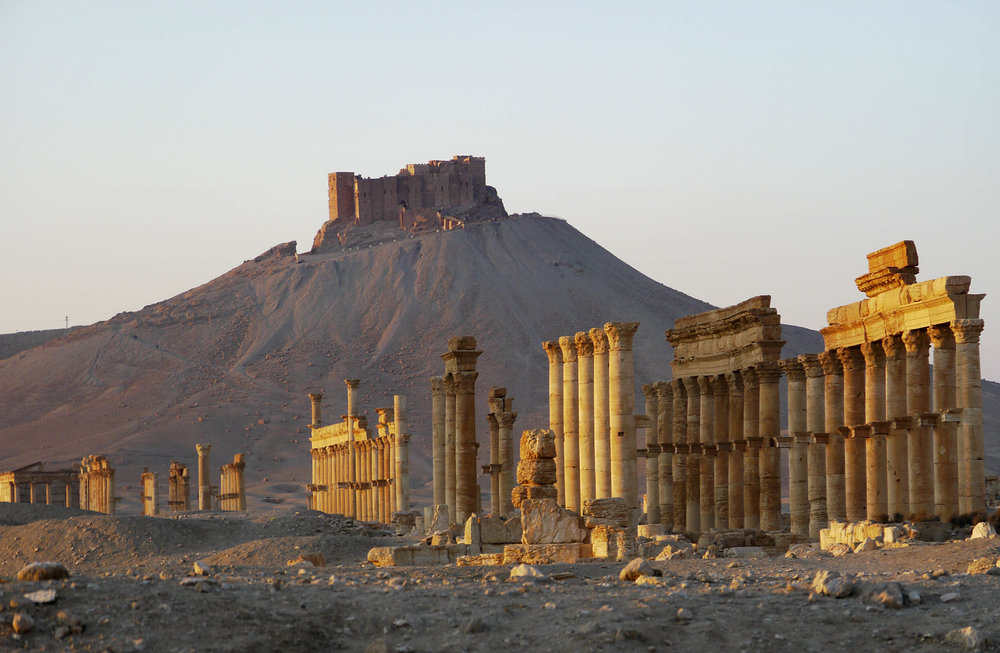
In November 2009 I was living and working in the Arabian Gulf State of Qatar. My wife and I had travelled to various parts of the Middle East and we had very good reports from others who had visited Syria. The Middle East is a vast area; just as an example, Doha to Damascus is 1,700km, whereas London to Rome is 1,400km.
Even though there was no conflict taking place in Syria at the time — this was 15 months before the war commenced — we still had to apply for special visas for our visit and had to ensure that we had no stamps from ‘Occupied Palestine’ (Israel) on our passports. Our travel agents in Doha organised the visa aspect as well as all of our bookings. They also ensured that we had a top-class guide, which was essential. We had an individual guide just for the two of us, as we were not on a package tour but rather a specifically designed and organised one.
Damascus
When we arrived in Damascus, our guide met us and took our passports and we were then ushered through passport control.
In Damascus we stayed at the Talisman Hotel which is not far from Straight Street, famous from the story of St Paul “Arise, and go into the street which is called called Straight”.
On our way back from a restaurant just off Straight Street on our first night we came across this street parade. It was not clear what this was, although somebody suggested it could have been associated with a wedding:
On our first full day in Damascus, we went to the church where St Paul was baptised. We were then brought to near the old Damascus Bab Kisan Gate which is now the site of St Paul’s Church. The old gate is said to be where St Paul was lowered in a basket to escape from the city:
Damascus is a city where different religions could, usually, co-exist side by side. Islam is, of course, the main religion in Syria and we were brought to the Grand (Umayyad) Mosque of Damascus:
All around the mosque, there were wonderful architectural details:
We also visited a covered market (souq) where we saw some shops and stalls selling exotic produce:
Palmyra
The following day we set off across the desert for the ancient city of Palmyra which is beside the modern town of Tadmur. I had heard of Tadmur in Qatar as it was the site of a large camel racing track where the Qatari Royal Family raced their camels.
On the way we passed several crossroads where there were signs indicating what an important thoroughfare this was in ancient times, and still is in modern times, even though the area is largely empty desert.
We also stopped at a little hostelry called the Bagdad (sic) Cafe literally in the middle of nowhere. This may have been a wadi in ancient times.
Palmyra was the centre of a remarkable cross fertilisation of many cultures, Arabic, Greek, Semitic and others, which developed into a massive empire which included a lot of the surrounding area as well as further flung areas such as Egypt and parts of Turkey. A lot of this empire building was achieved in the time of Queen Zenobia who was eventually captured and brought to Rome by the Emperor Aurelian around 274 AD. There is still debate today as to her ultimate fate. The city existed from about the second millennium BC and even though it was destroyed and re-built several times, and it was still in use until the last century when the remaining population finally moved to Tadmur.
When we visited the site in 2009 there were still very intact ruins which was remarkable given the age of the artefacts. We were lucky enough to visit at sunset which gave a wonderful golden glow to the ruins.
.jpg)
.jpg)
.jpg)
.jpg)
.jpg)
.jpg)
Click on individual frames to enlarge
The castle on the nearby hill belonged to Fakhreddine, a Druze prince from Lebanon. The Mamluks are thought to have built it in the 13th century but it is named today after Fakhreddine who had been there in the 16th century.
There has been widespread coverage of the destruction of the ancient ruins and artefacts at Palmyra by Islamic State last year but recent drone footage from Russian sources has shown that a substantial amount of the ancient city has survived.
Hama
The following day we headed out on the road to Aleppo. Our first stop was in the city of Hama to see the giant ‘Norias’ or waterwheels.
There are 17 of these waterwheels still in existence, but they are no longer used. A ‘noria’ is a wheel of pots. The purpose of these is not to generate power but to lift water to different levels and onto aqueducts where it is taken to other locations for various uses, including irrigation.
Aleppo
Traffic in Syria is very light and many people cannot afford cars. As we neared Aleppo, we saw open trucks going along the road loaded up with people and livestock. Just as in Cuba last year we found that people and their possessions will always find a way to get from A to B.
When we arrived in Aleppo we were brought to the Aleppo Citadel which is one of the largest and oldest castles in the world.
The Citadel has a very dramatic entrance gate:
Inside the citadel many of the local children were playing, sometimes in dangerous locations:
Looking at these photos seven years later, led me to wonder what fate has befallen these children.
You could visit some of the interior rooms such as the Throne Room. This photo is a bit ‘shaky’ as it was very dark inside, but just like the ‘best camera’ is the one you have with you, the ‘best photo’ is often the only one you have!
The top part of the Citadel looks like it would have looked many centuries ago with only the clothing of the people in view and the skyline in the distance to indicate that this was taken in the 21st century.
This is a view of the city of Aleppo taken from the top of the citadel and, yes, that is a flock of birds disappearing into the smog on the top right hand corner!
A lot of what is in view here has now been destroyed in the fighting.
This recent BBC report from a few weeks ago shows what the situation is like today. The ‘ceasefire’ broke down since this made.
From Aleppo we headed south on the long road to Damascus. This is one of the most fertile areas in Syria with farms along the road. To the West we could see the unusual shape of the mountains between Syria and Lebanon. Fog in the countryside and smog in the cities seem to be feature of this part of Syria:
Krak des Chevaliers
Our stop for lunch was at the crusader castle called Krak des Chevaliers which is not far from Homs. It is high on a hill and from there you can see the Mediterranean and into Lebanon.
The interior of the castle is nearly as dramatic as the exterior. It was full of large vaulted corridors such as this one:
There were shafts of light coming in from the outside and I asked my wife, Laura, to stand in one for the ‘glowing’ effect:
The following photo was taken through one of the castle windows. I was using a Leica 28mm Summicron and it was the detail of the town in the lower right of this shot that finally convinced me about the quality of Leica lenses:
Such concern about pixel peeping appears crass, however, in the light of the following recent dramatic drone video footage from a Russian source which shows that the town, Talkalakh, appears to have suffered much more damage than the castle.
We had lunch in a little restaurant overlooking this scene along with other tourists, never thinking that within a few years this would become a war zone.
Ma’loula
Our next stop, at my request, was Ma’loula which is in the mountains some way off the main Aleppo to Damascus road. I had seen photographs of the way that some of the buildings are built into the rock and I was also fascinated by the fact that Western Aramaic, the language descended from that used at the time of Jesus, was still in use in Ma’loula.
The sun was going down by the time we arrived and so I got the driver to stop for a photograph of the sunshine on the rock cliff behind the town:
When we got into the town it was getting dark. Our guide brought us to meet a local priest who invited us into his church with the proviso that no photographs were allowed inside. I was disappointed, of course. When we got inside a woman was reading (not in Arabic the main language in Syria) from a book to a group of people sitting on benches. Our guide said that she was reading the ‘Lord’s Prayer’ in Aramaic, the language spoken by Jesus. Then one of the people on the benches asked a question (again not in Arabic, but in another language) to the woman. I asked our guide what was going on. He said that the people were Shi’ites from Iran and that they were asking about the meaning of the ‘Lord’s Prayer’ in Farsi.
When we got outside it was nearly dark but I managed to get a few photos, including this one of a motorbike with a sheepskin on the saddle:
The nights everywhere in Syria in November were extremely cold no matter how warm it had been during the day.
Return to Damascus
We then made our way back to Damascus, where we stayed at the Talisman Hotel once again. This time we were given a room once used by Queen Sophia of Spain. The courtyard outside was stunningly beautiful:
On our last morning we were free to wander around Straight Street once again:
My last photo is a typical courtyard in Damascus:
On our way out of Syria our guide once again brought us through passport control and we returned to Doha.
I have had the photos in this article for seven years and had not really done anything with them. We really enjoyed our trip to Syria and found it immensely interesting and stimulating.
War
About 15 months after our visit, war broke out in Syria. We have watched with horror what has happened to Syria and its people, particularly in places which we had visited. Whatever about the destruction of cities and buildings, particularly beautiful ancient ones, it is the impact on the people of Syria through death, injury, economic loss and physical dislocation that is most saddening.
As with everywhere else we went in the Middle East we found people in Syria to be most hospitable and warm and friendly. They would not have known that we were Irish, but would probably have categorised us as either Europeans or Americans because of our appearance and the fact that we spoke English. The thing that struck me most about Syria was the way that people of different cultural, religious and other backgrounds got on so well with each other. The image of the Shi’ite man asking about the ‘Lord’s Prayer’ will stay with me for a long time.
Syria is an ancient land that has been fought over many times in the past. One can only hope that peace can come soon to Syria and its people and that the different elements of society can work together in the way that we saw demonstrated.
For the technically minded and interested, the photos in this article were taken with the Leica M8 and Lumix GH -1.
______________
- Subscribe to Macfilos for free updates on articles as they are published. Read more here
- Want to make a comment on this article but having problems? Please read this

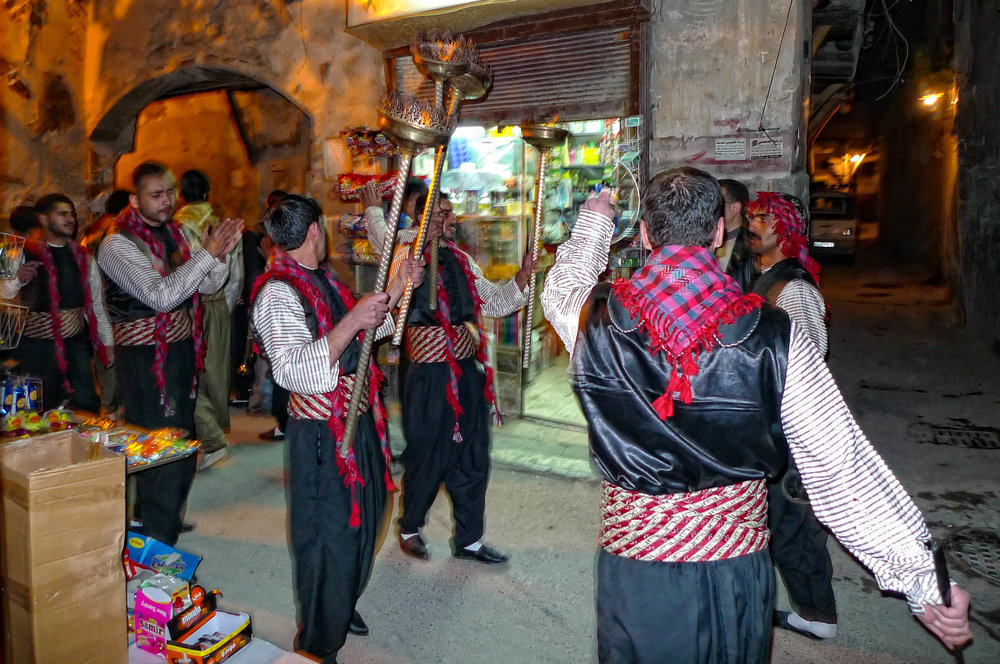
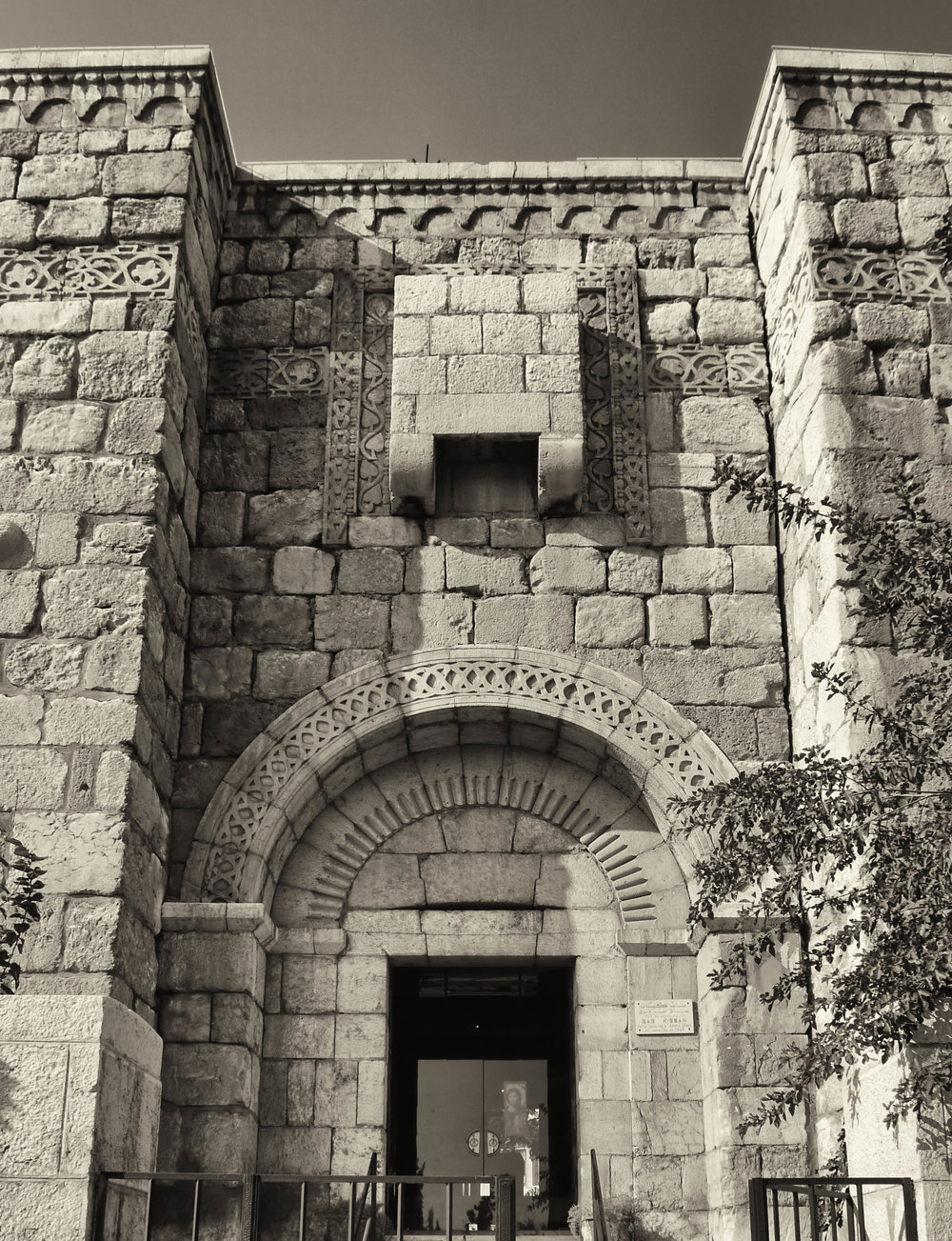
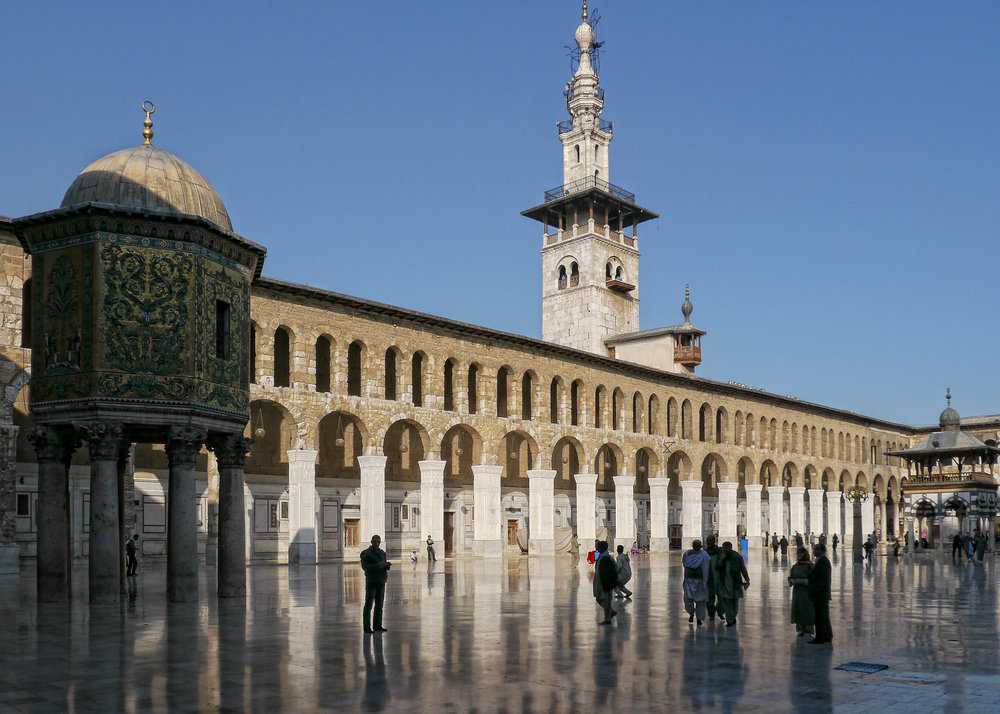
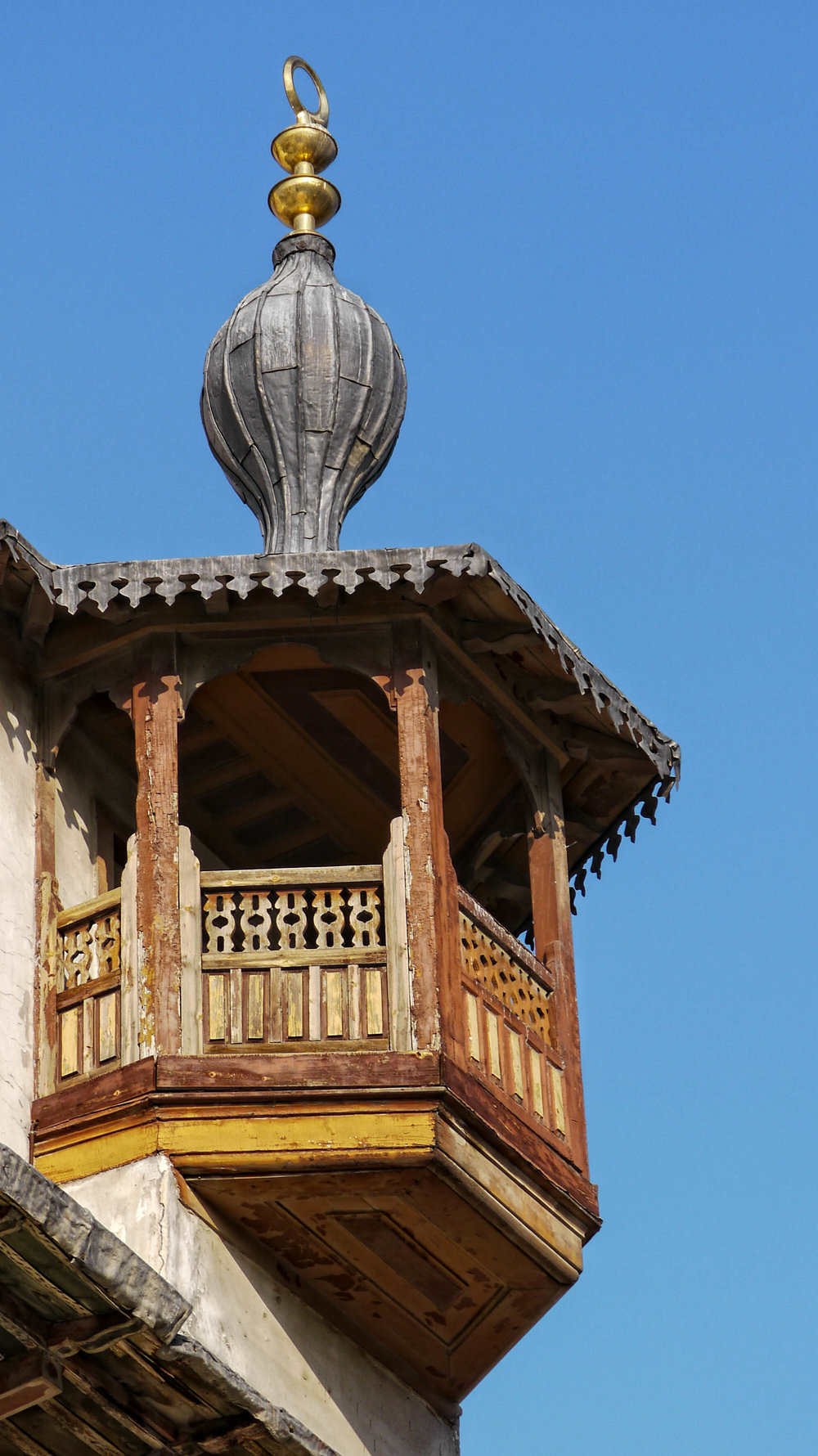
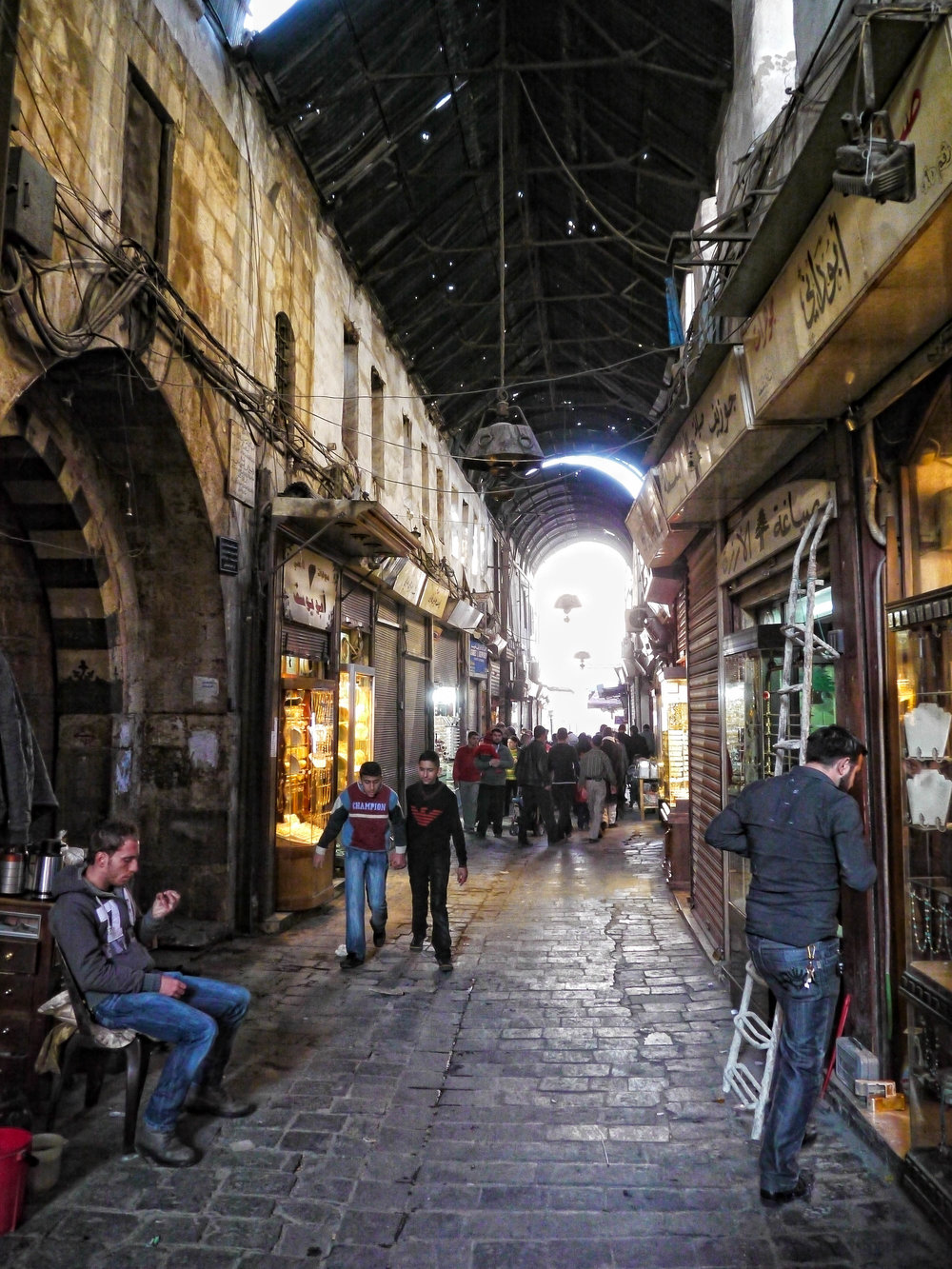
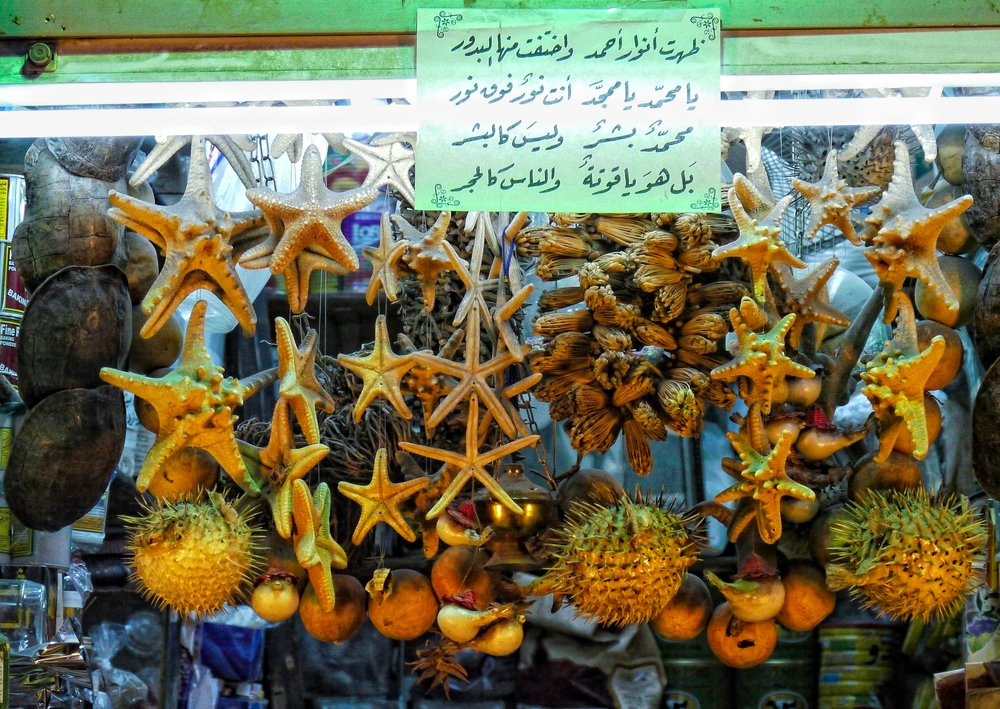
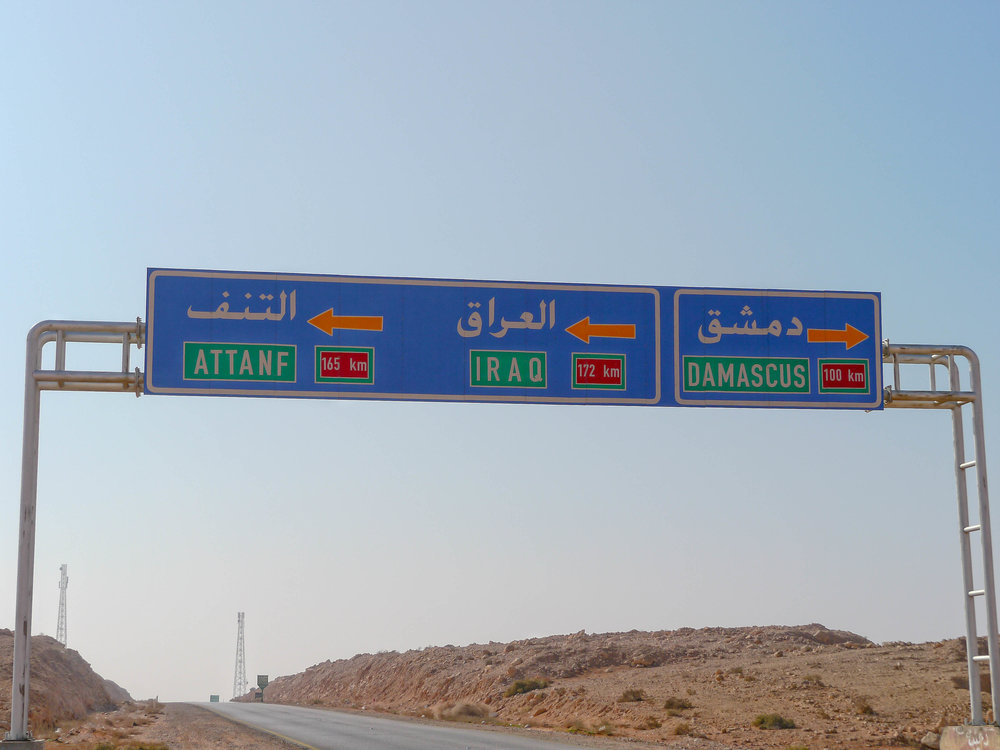
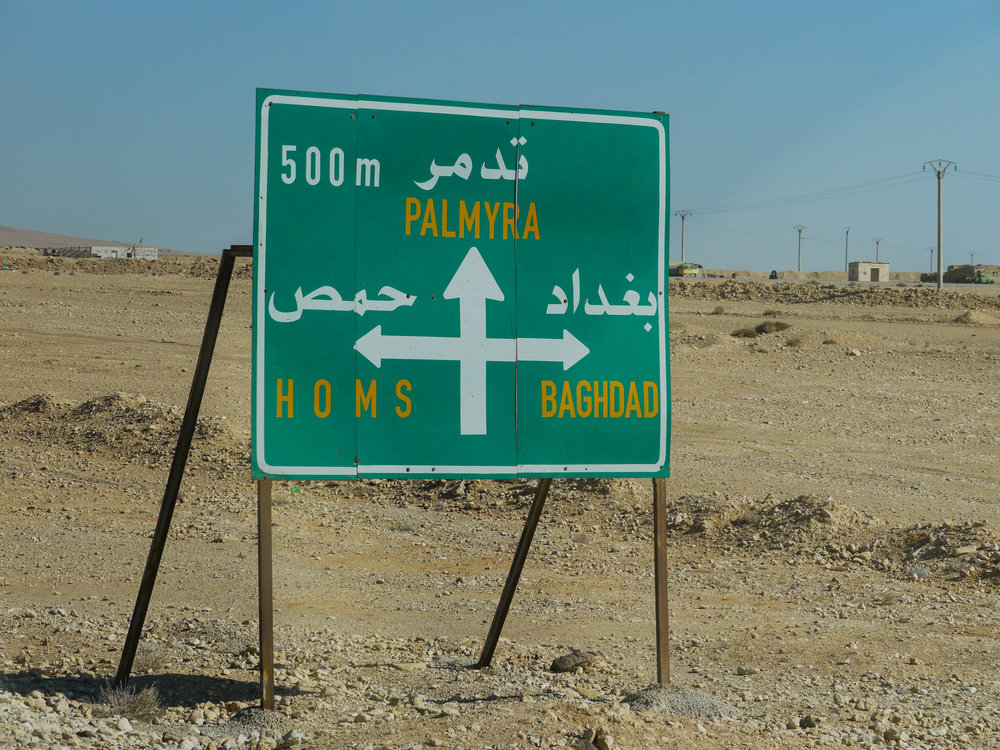
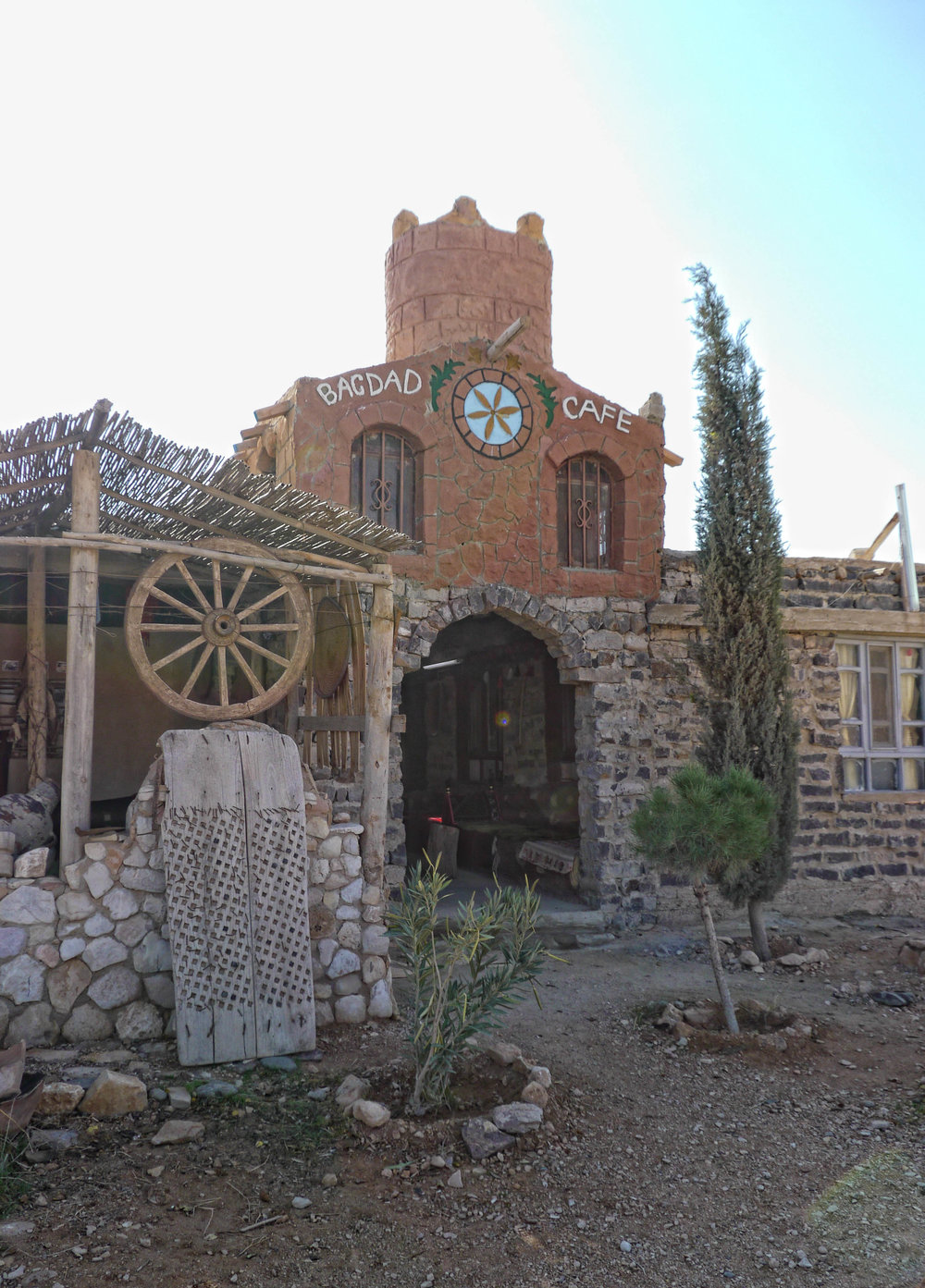
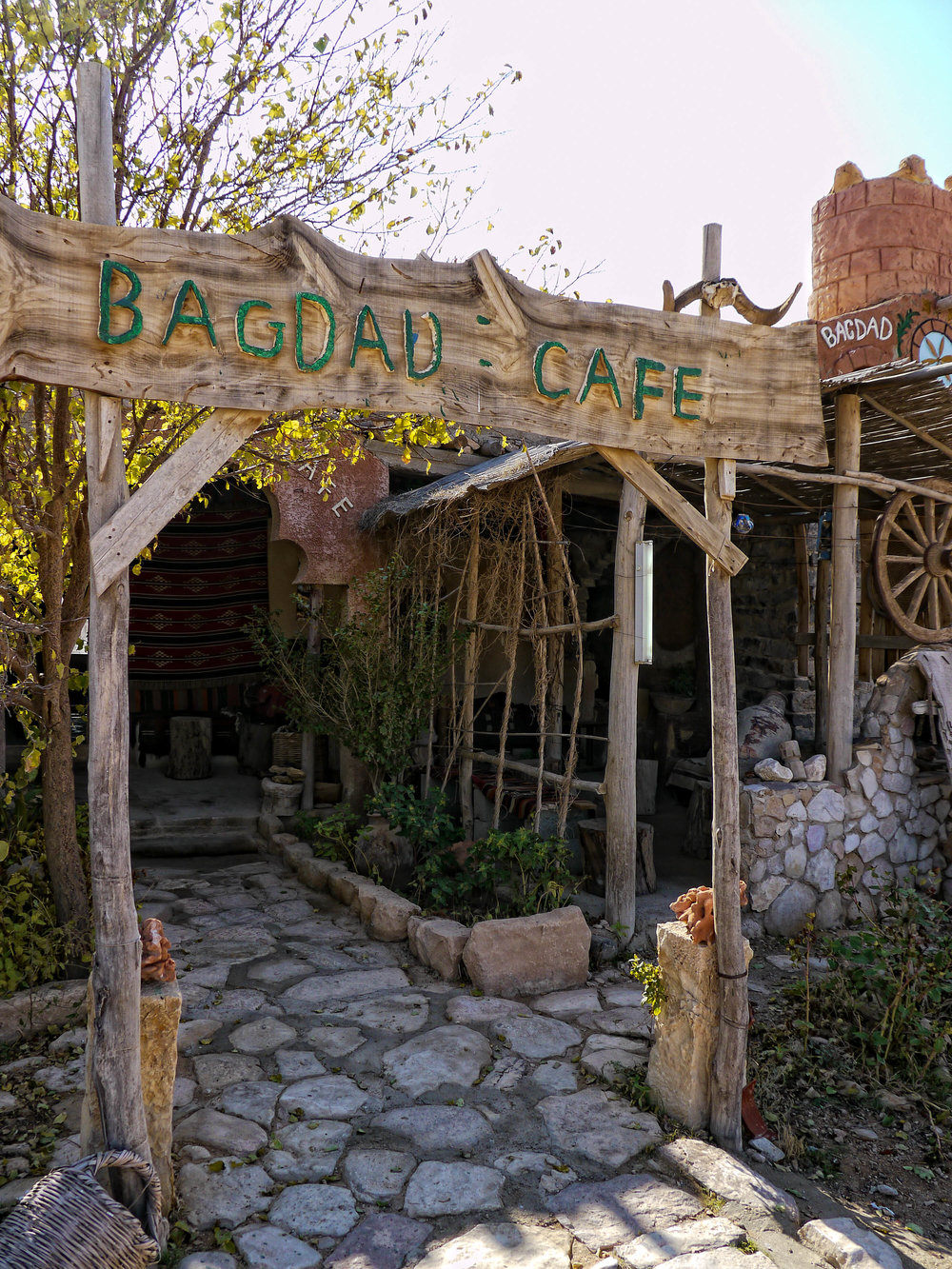
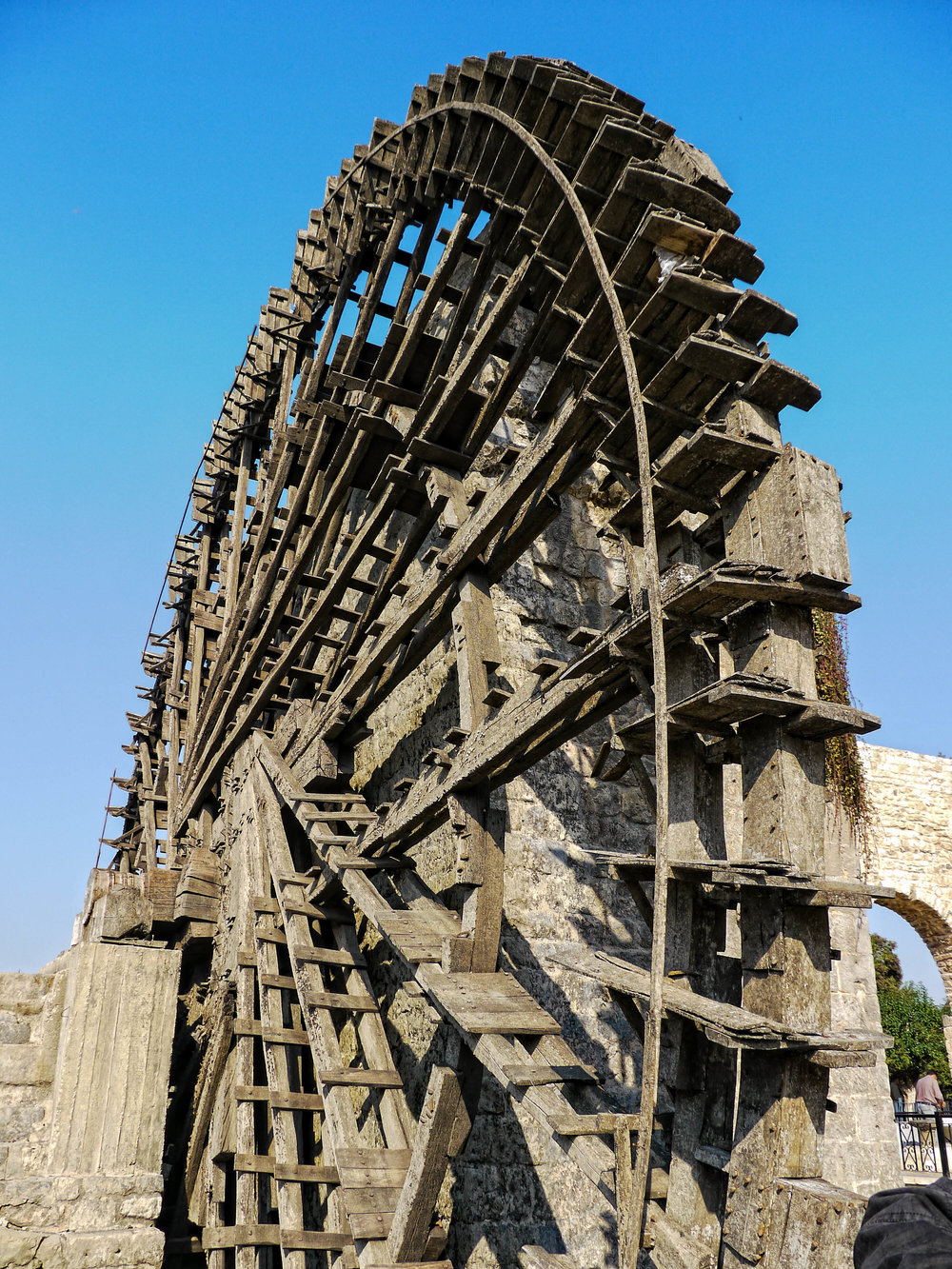
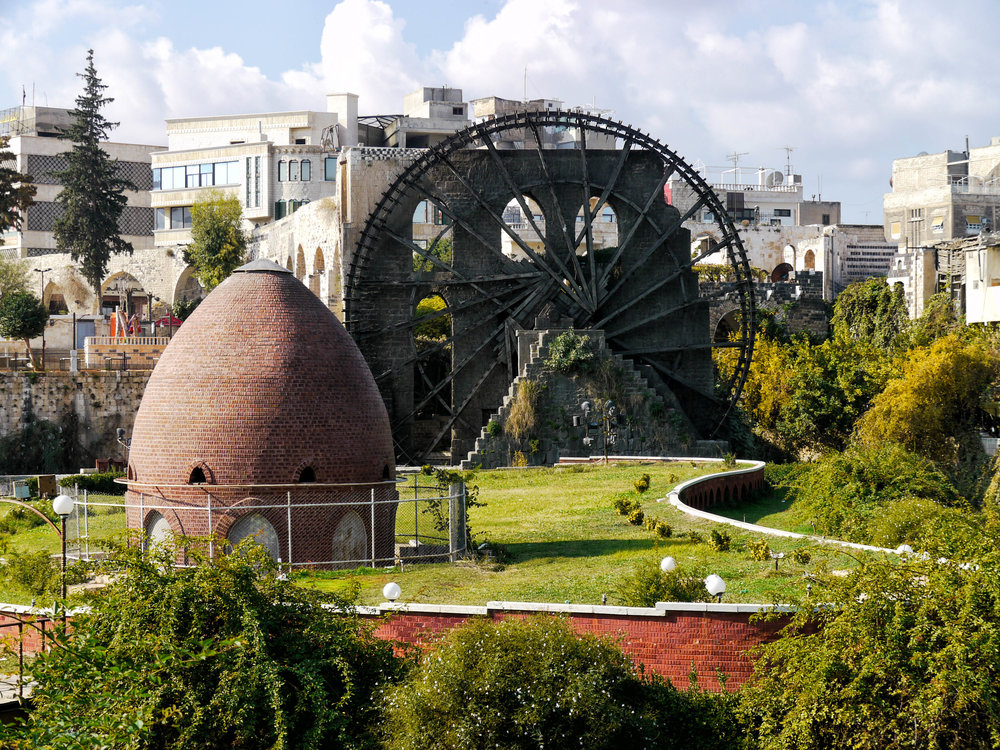
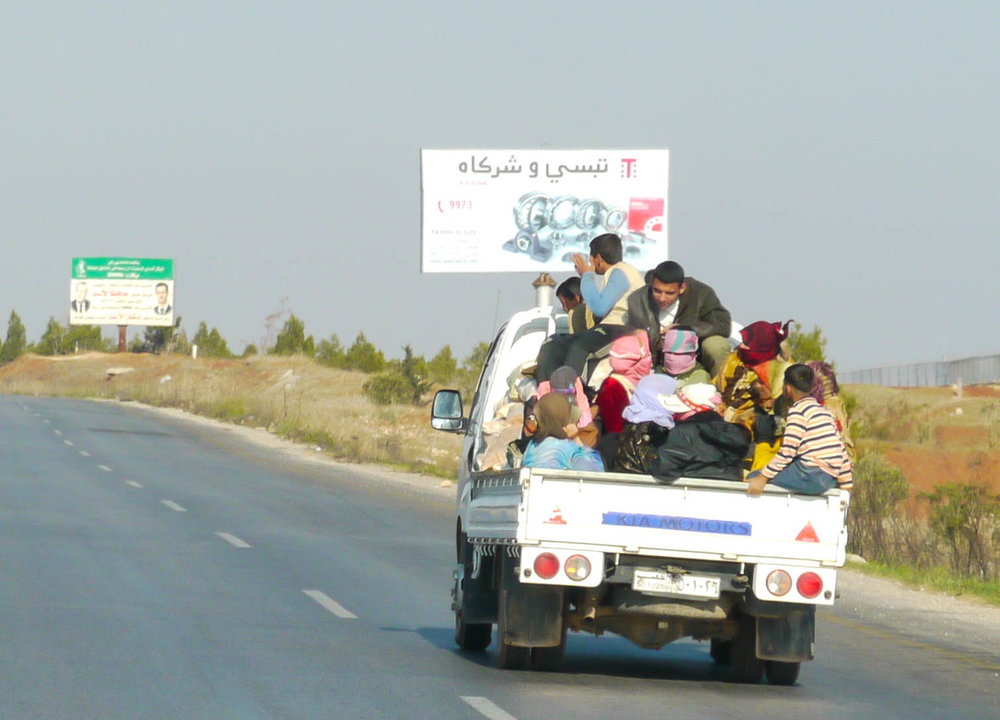
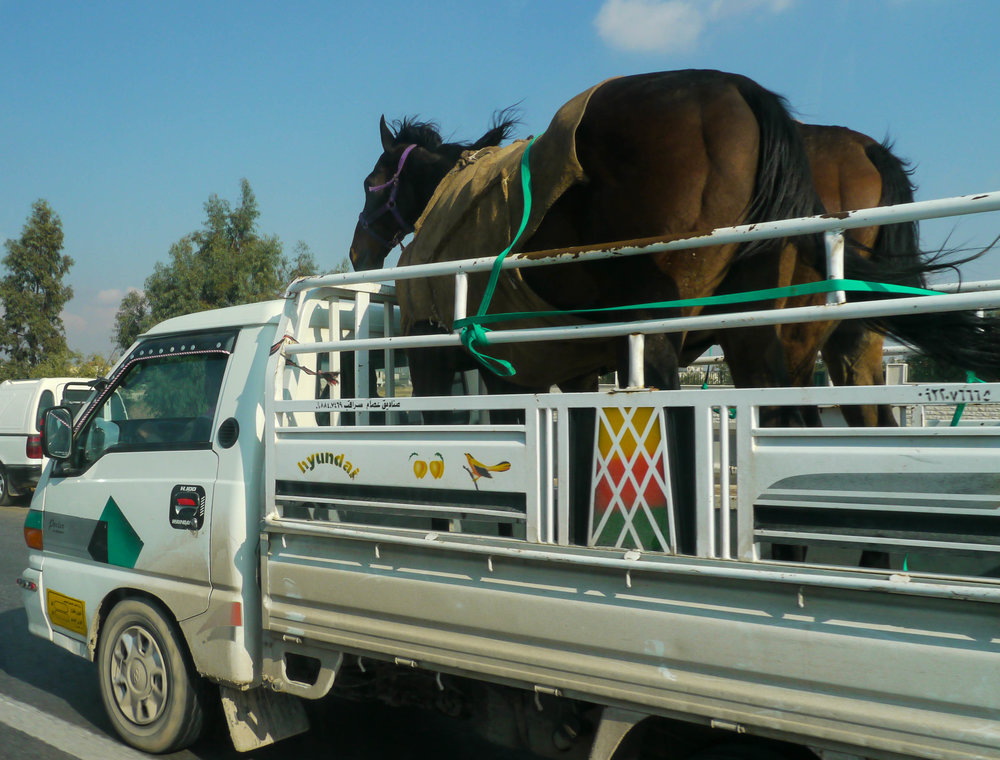
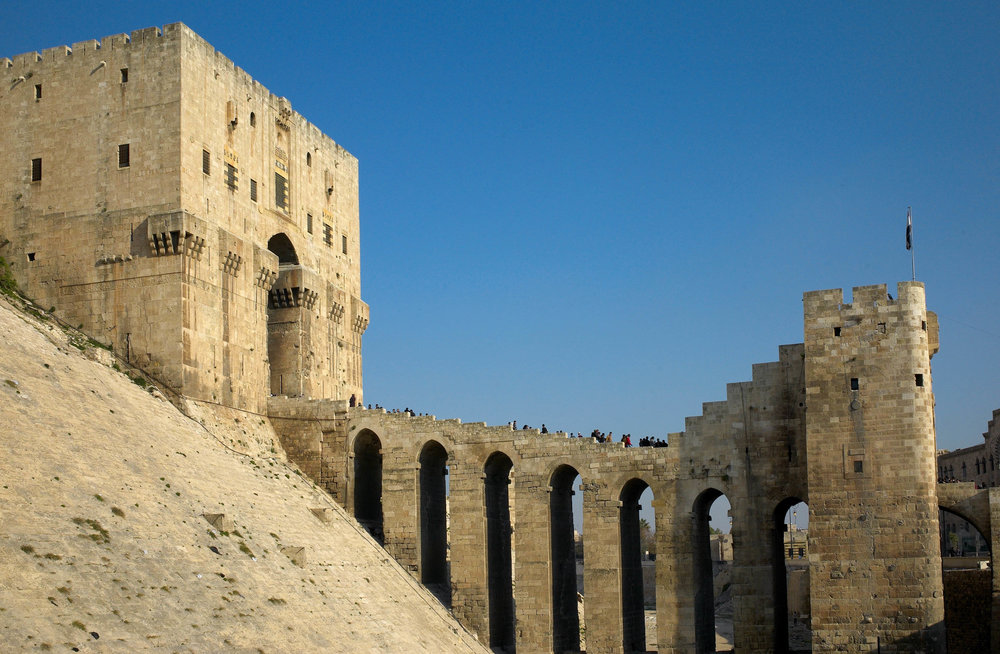
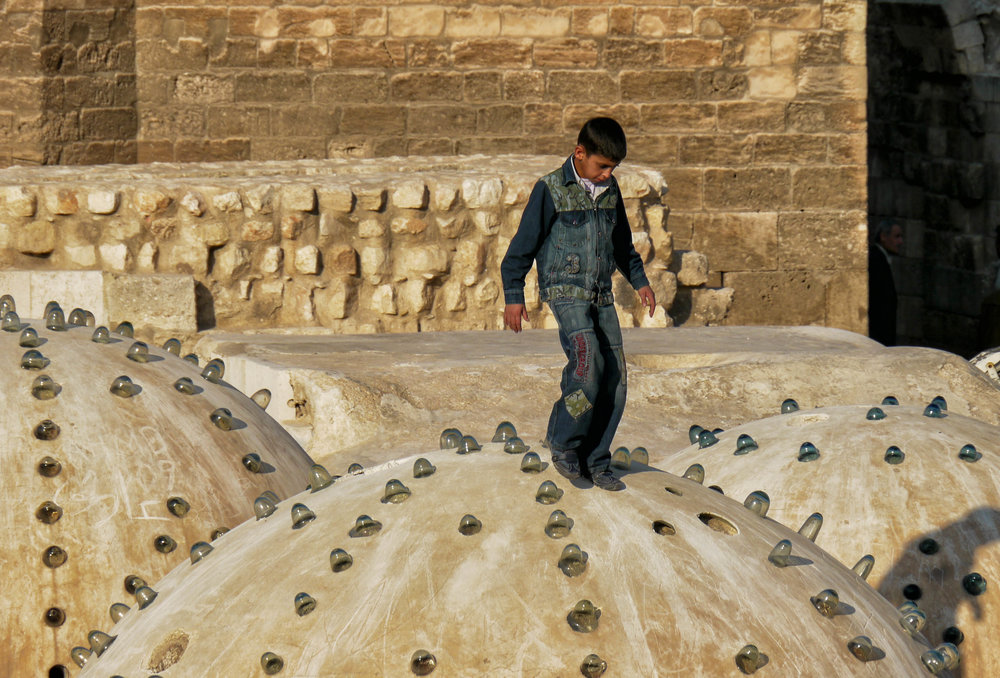
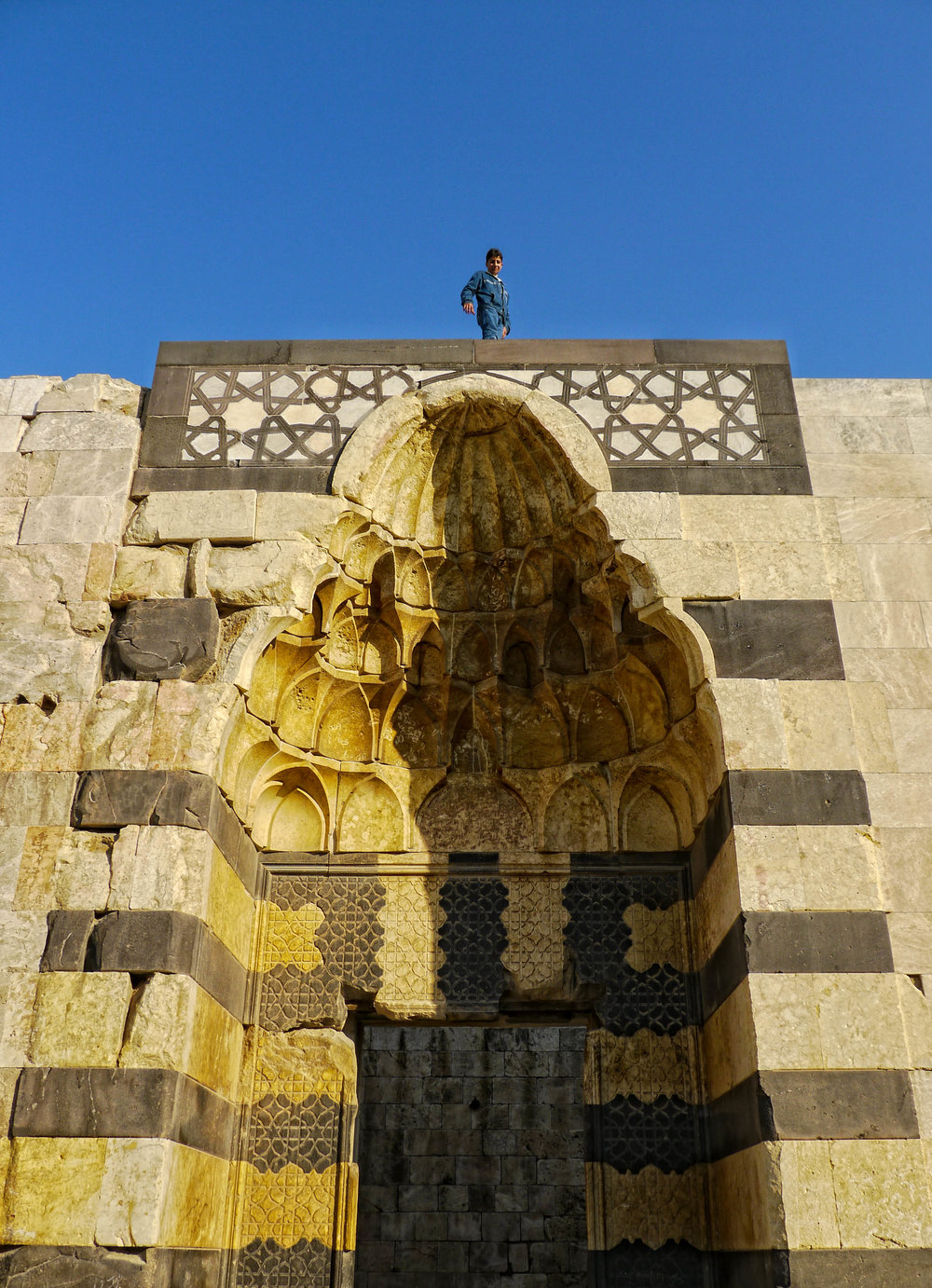
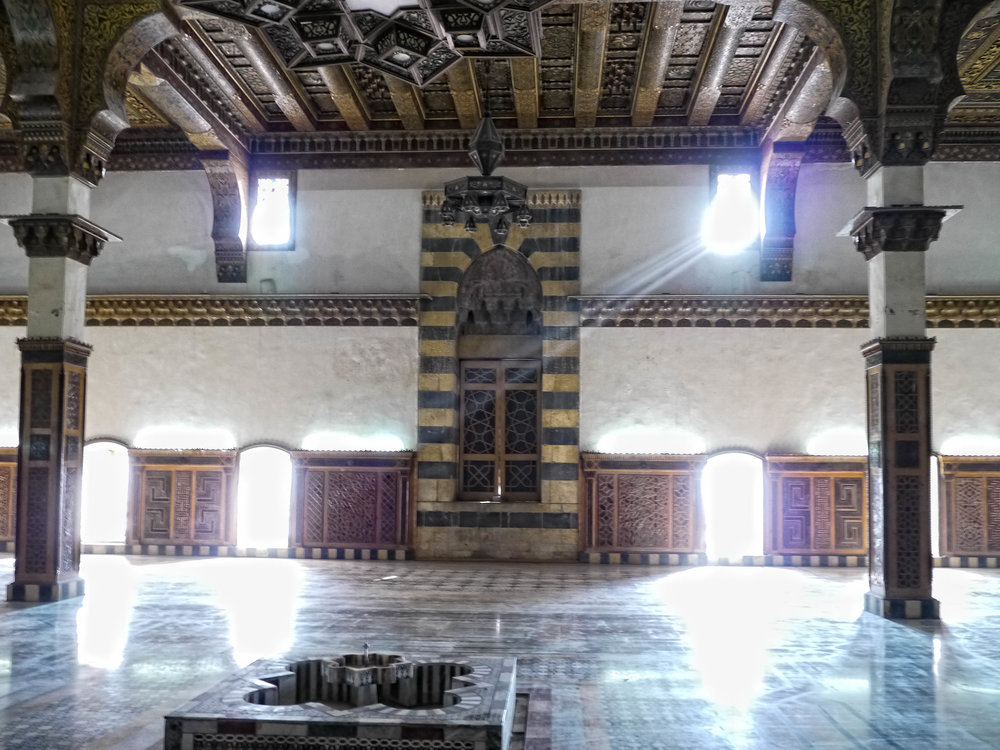
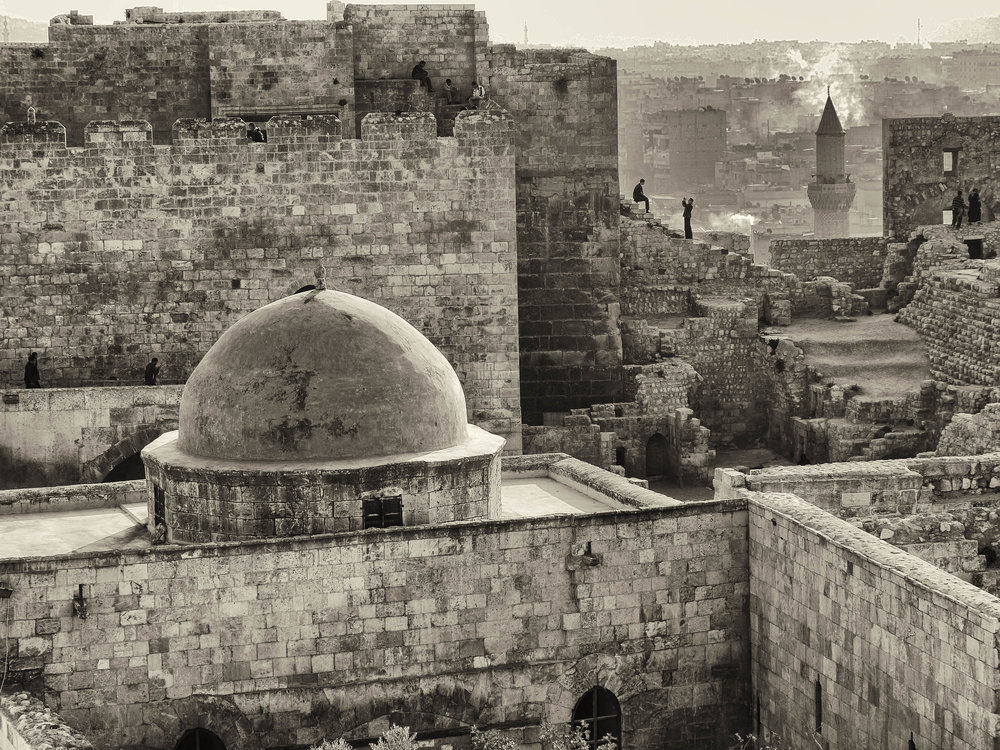
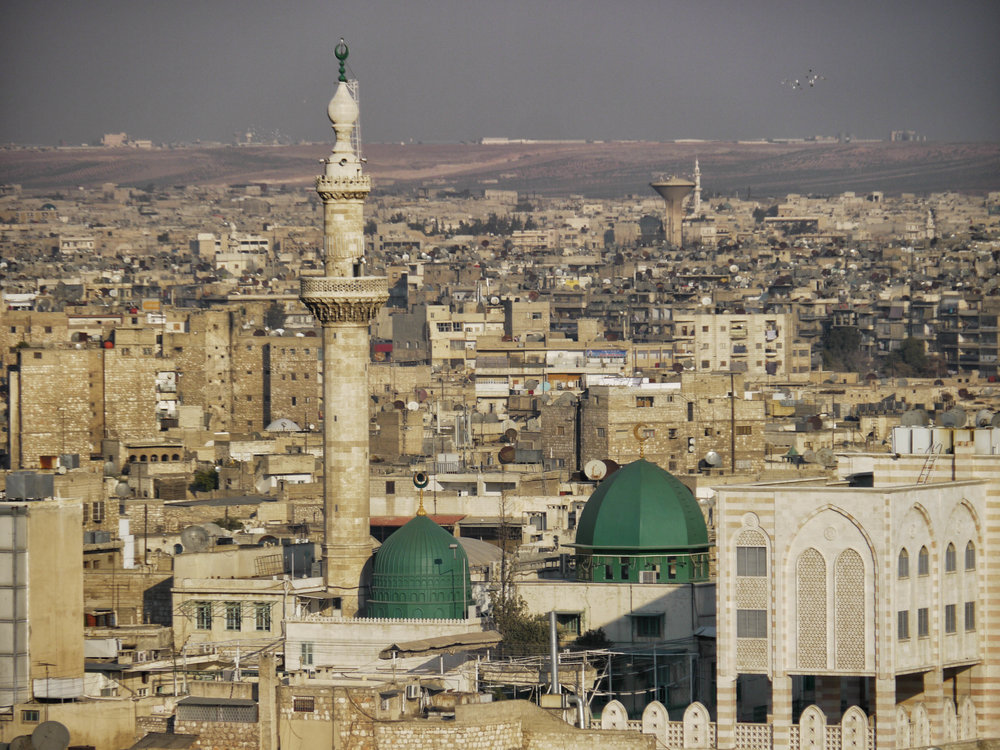
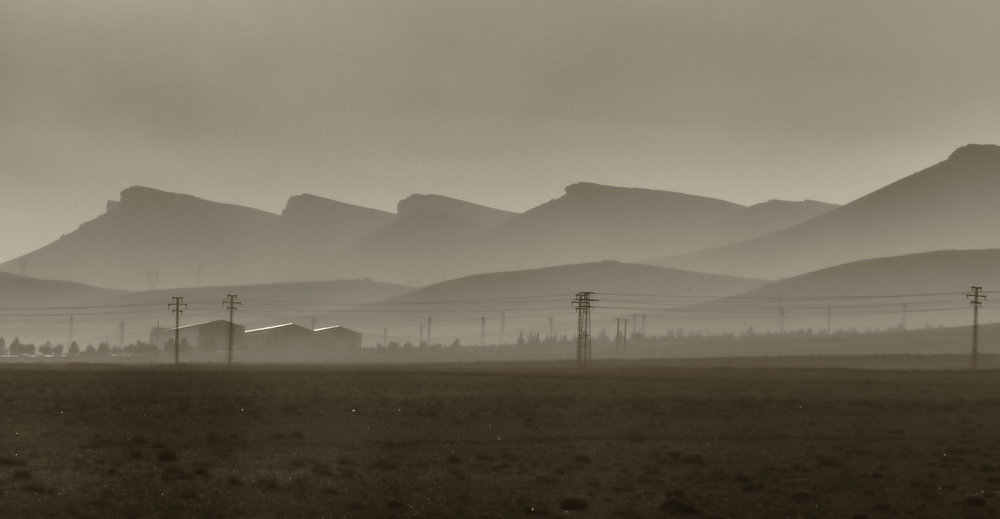
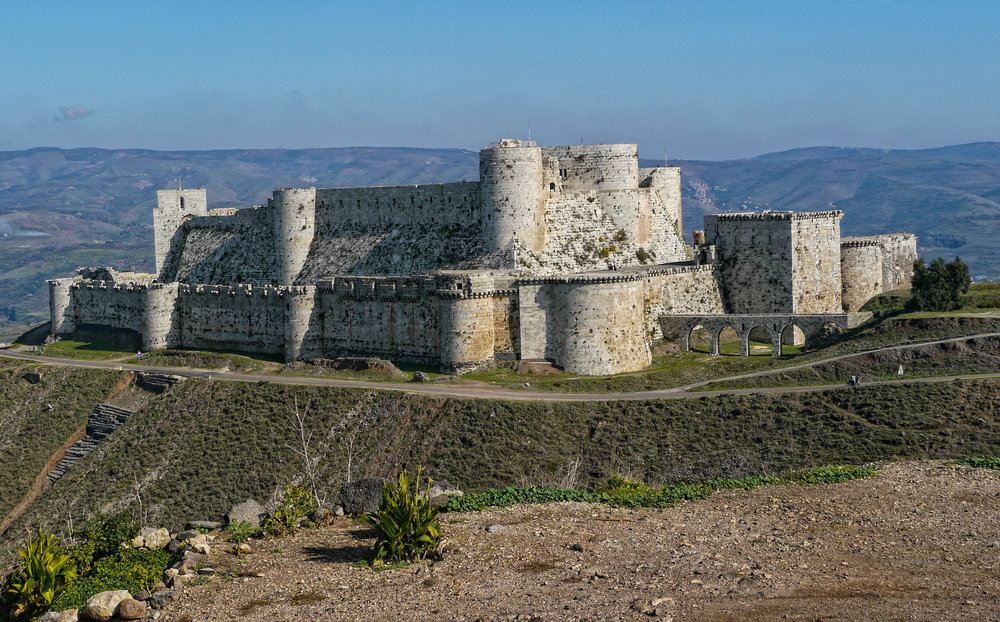
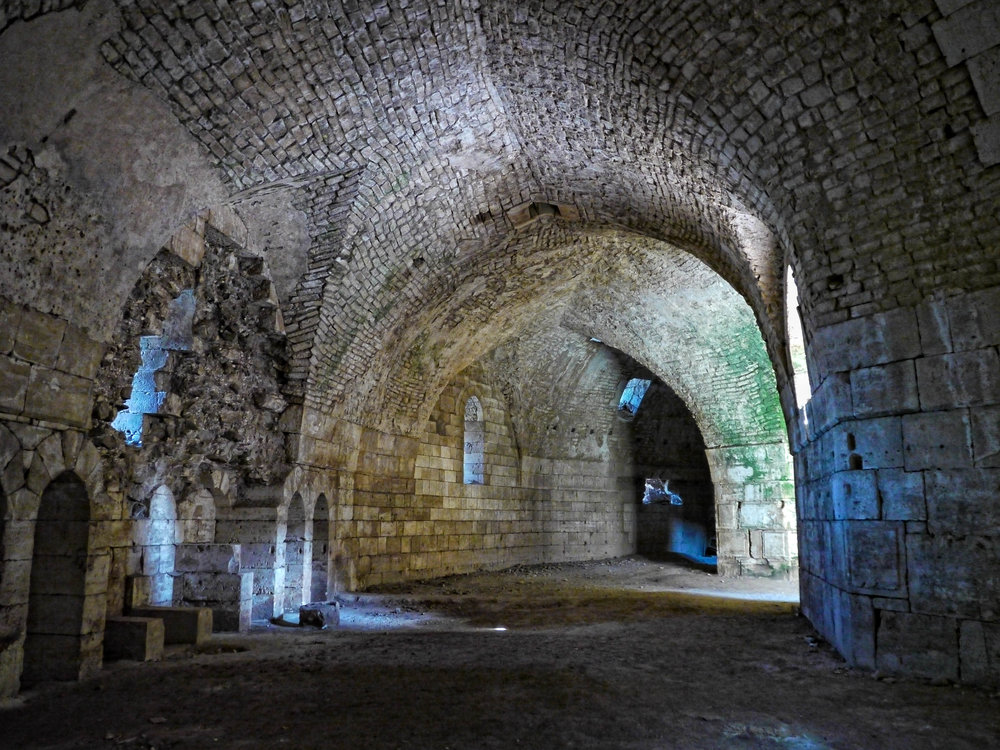
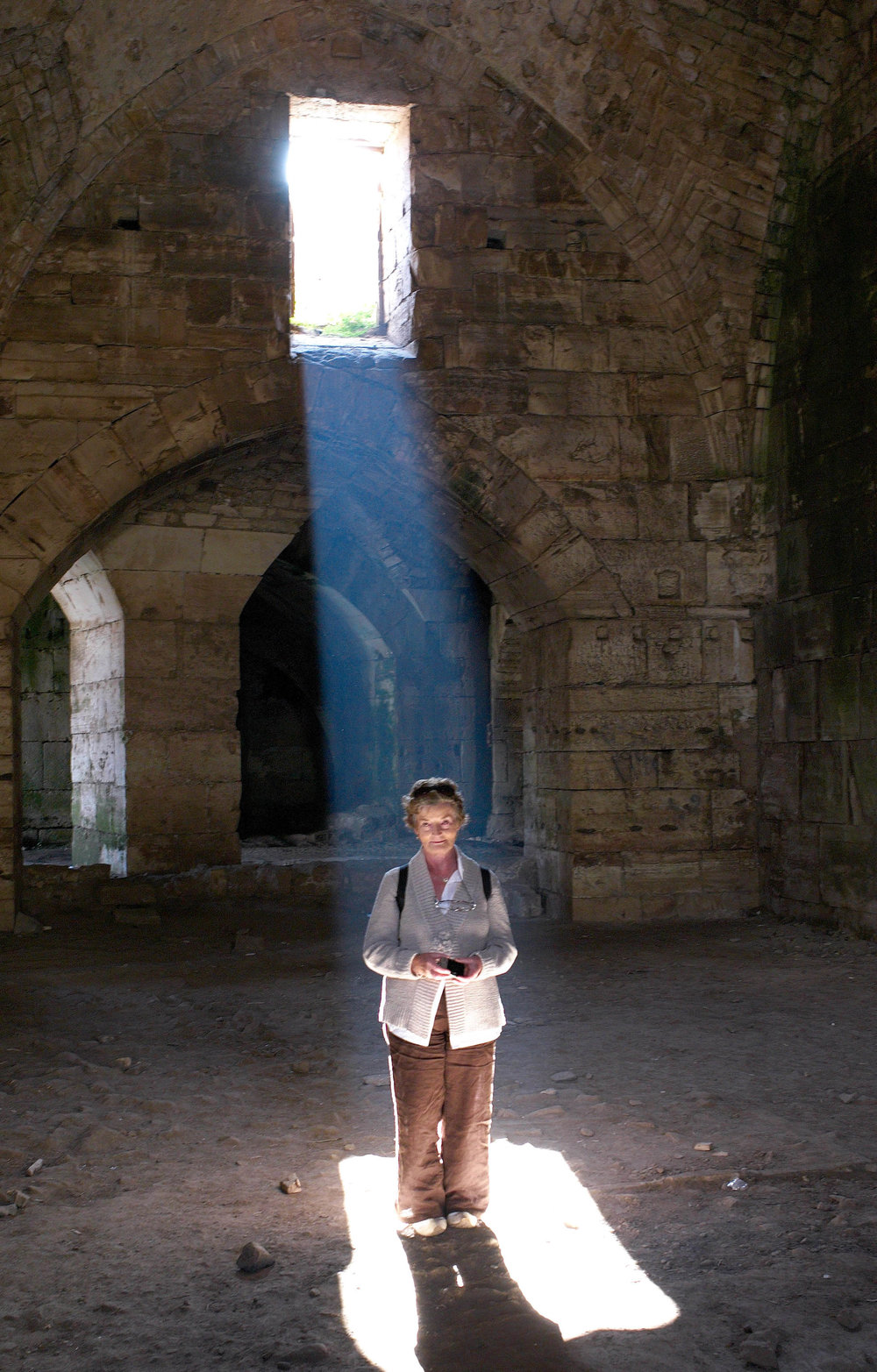
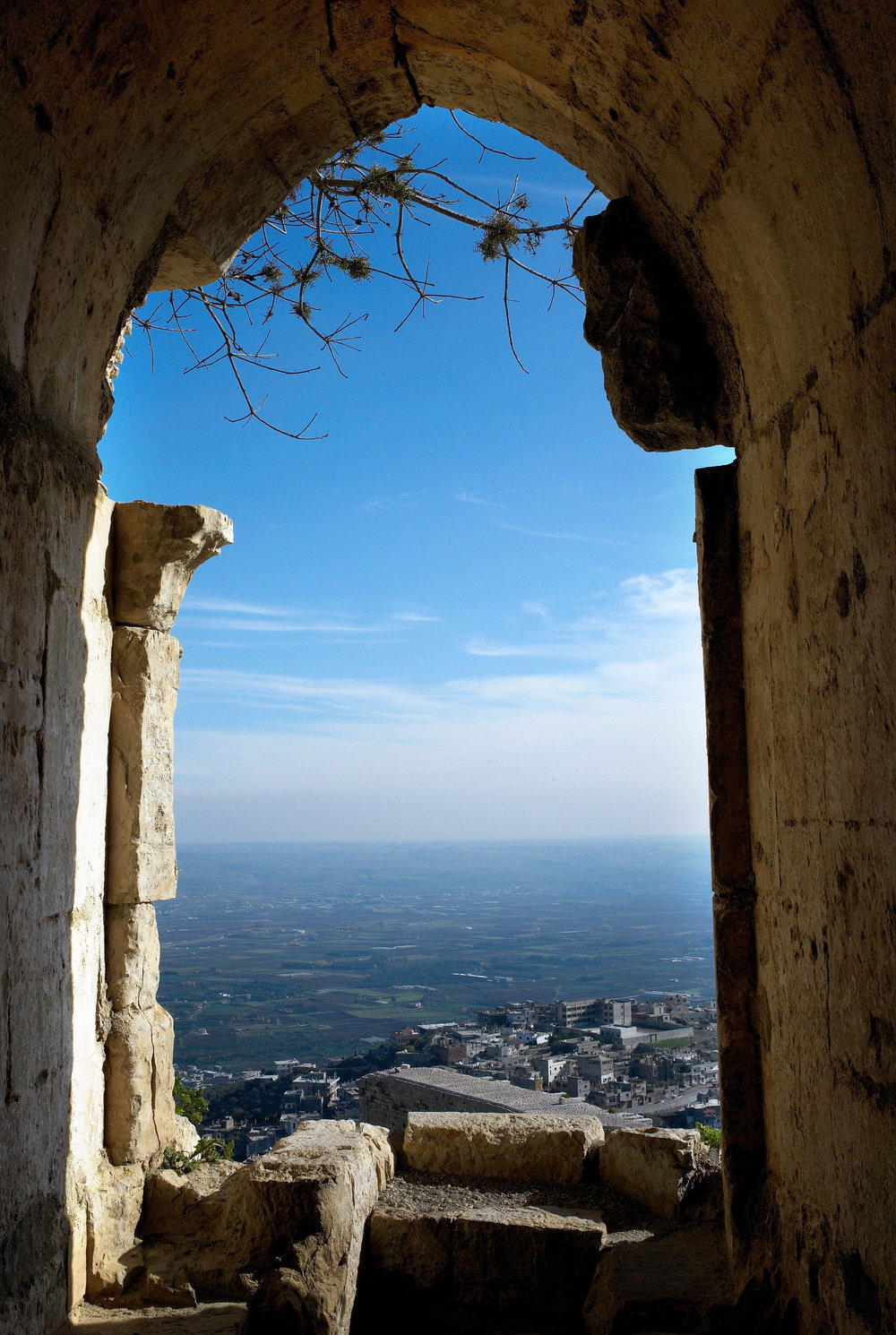
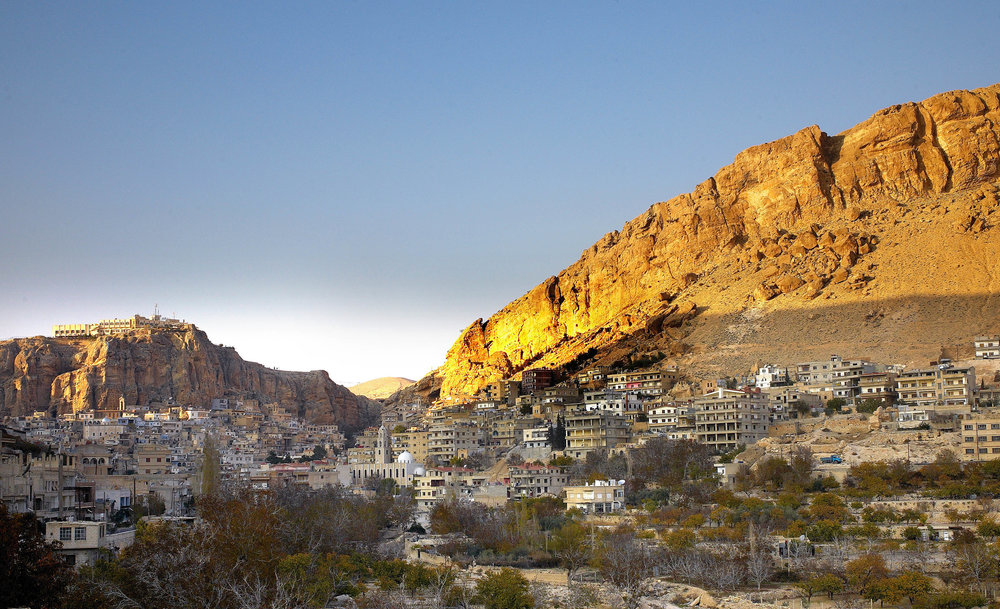
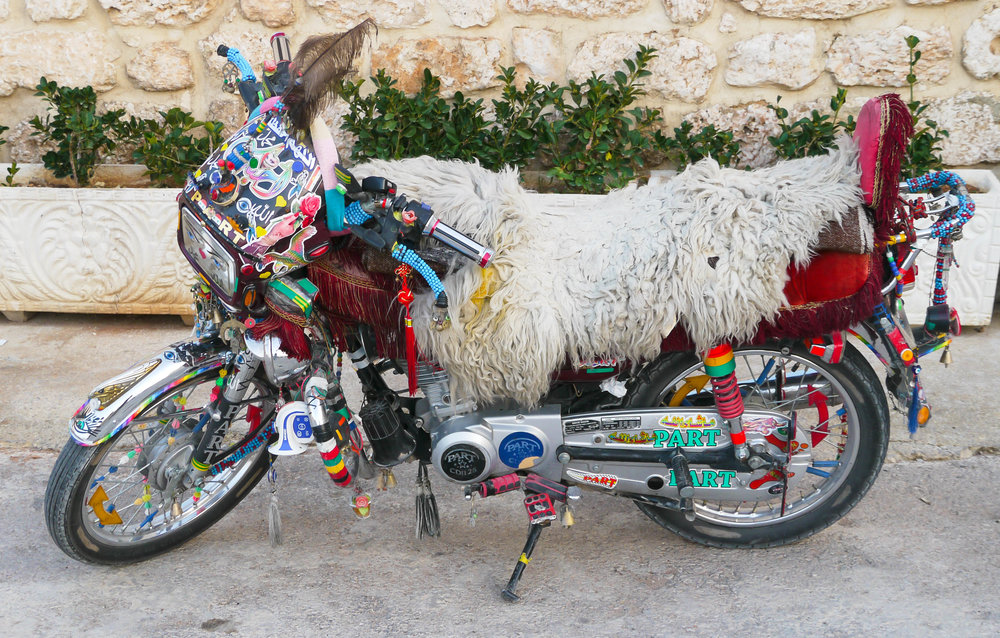
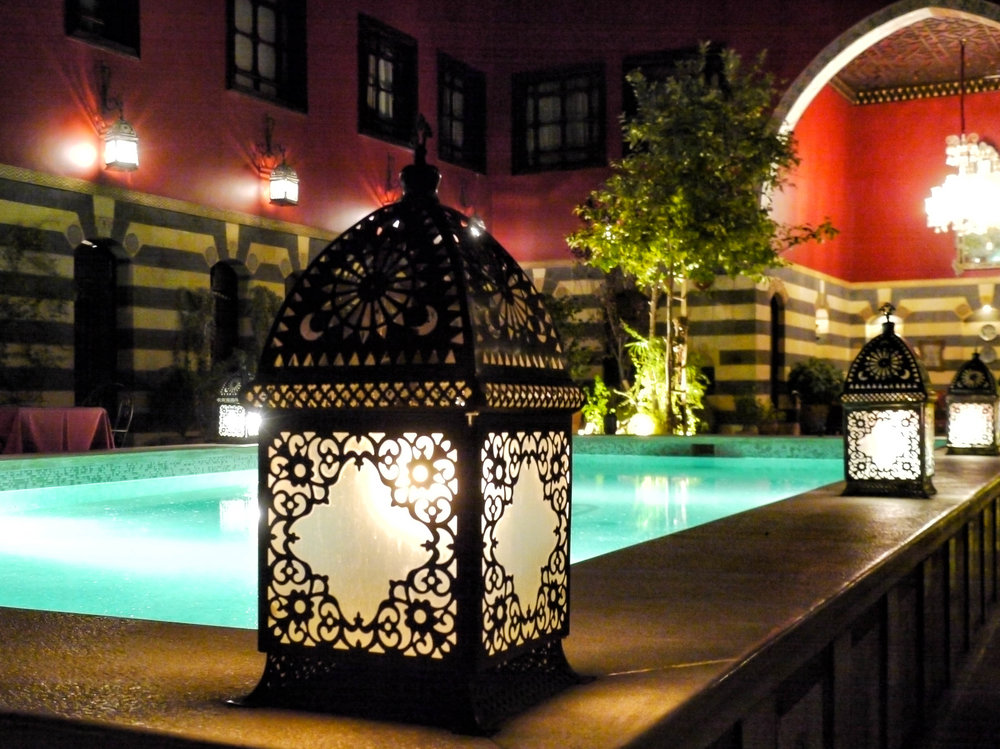
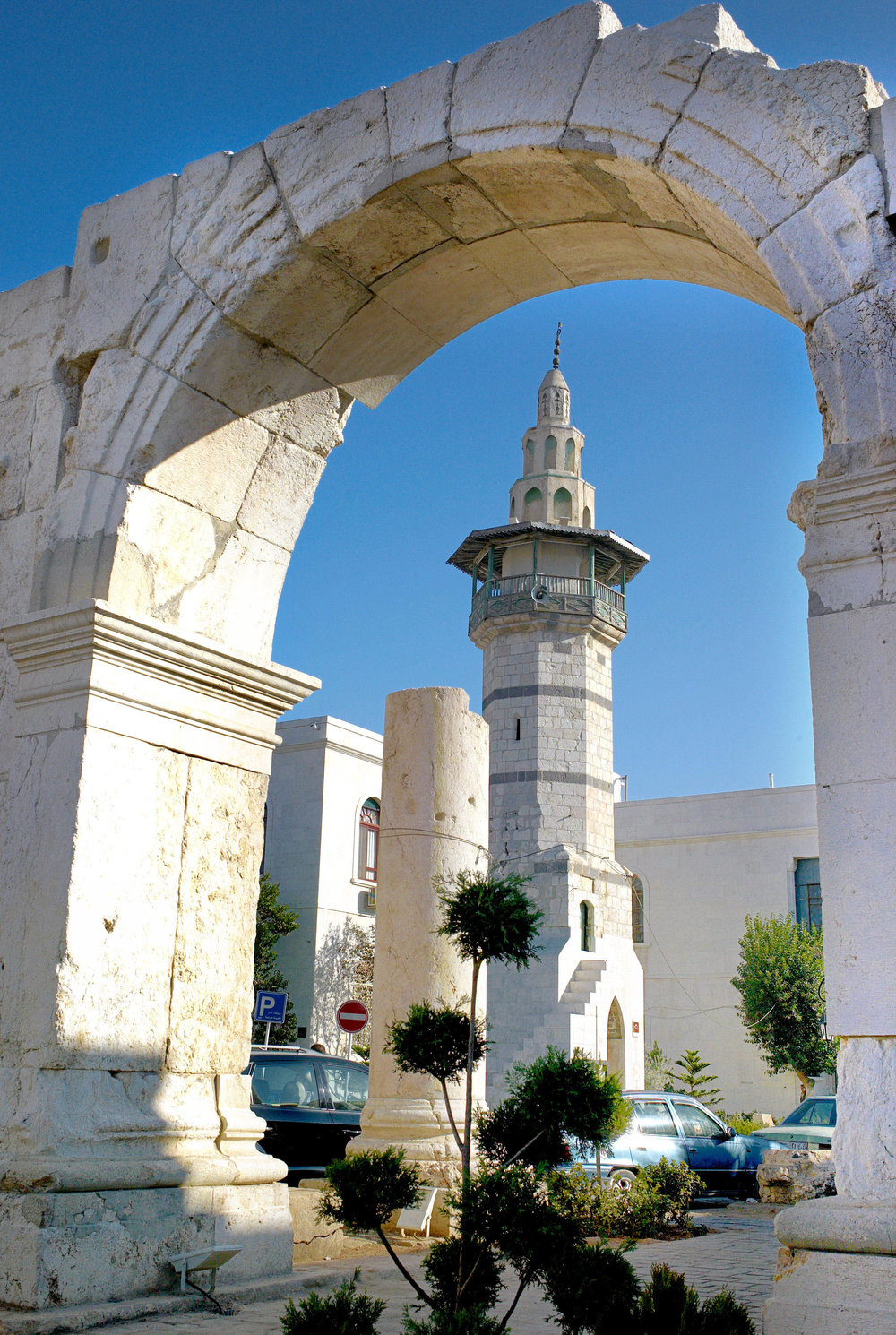
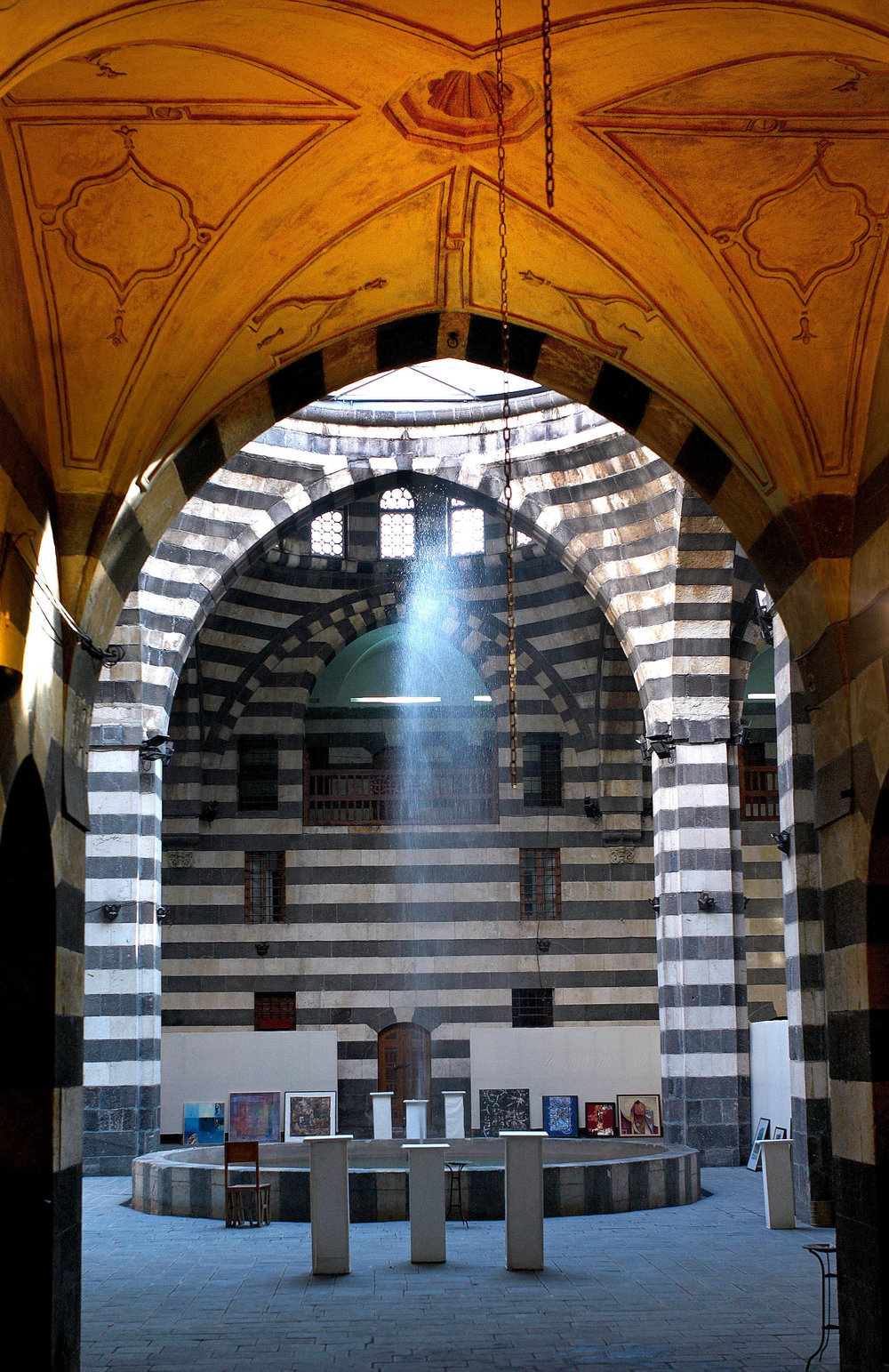
Thank you for sharing. I’m an author and Ma’loula is one of the towns mentioned in my book. Your photos helped me to have a better picture of Syria.
Blessings,
Lorilyn Roberts
Thanks for these photos. I travelled N to S through Syria in January 1965, on a 3-day visa, hitch-hiking. So no time to spare. We arrived in Aleppo late afternoon and found ourselves in the souk. This was the most alluring place on earth, to me, but we had no time to penetrate far in. We ate round pitta breads stuffed with the tastiest things and left for Hama. I was hoping for pictures of the souk having been cheated of it when I was there. Anyway—————thank you. David Taylor.
Thanks David. I passed on the outside of the Aleppo souk (or souq) but did not go in. It was getting late and we really wanted to see the Citadel. Our Syrian guide pointed out that many of the people around that area were Turks. Aleppo is not that far from the Turkish border. From old photographs I have seen, the Aleppo Souq looks wonderful. It must have been magical in 1965.
I have a lot of shots of souqs from my time in the Middle East. Two of the best souqs, in my view, were Soug Waqif in Doha, where I lived and which I visited at least once a month and Mutrah Souq in Oman. The souq in Damascus was good too but not as good as the other two I mentioned. I will post some souq pictures here in a future article.
William
I visited Syria in 2010 just months before the great disruptions began. I just want to say it was very moving to me to read your article and see your pictures of well-known places (several of which closely resemble those I took with my first digital camera – D-lux 4, the quality of which amazed me.). Did not see the Waterwheels but everything else and also made a trip to visit the Druze community in Al Swaida, 80km south from Damascus. We were also invited into several private homes. Like you, I would say Friendliness and Beauty were the key impressions of our trip, and one can only weep at how many of those we met may now be dead and how much beauty – not just Palmyra – is now laid waste. Thank you for sharing.
A fine record of this beautiful area and its ancient architecture and culture. It is so sad to contemplate what has occurred since you took these fine photographs.
Excellent photo essay !
There is an optimal solution to the Syrian Civil War puzzle now. Read me in the comments section of this article here:
http://www.timesofisrael.com/syrian-opposition-hits-out-at-world-silence-over-aleppo/?utm_source=dlvr.it&utm_medium=twitter
One day, hopefully before 2025 it will be possible to drive in safety from Jerusalem to Tehran via the Golan Heights, Damascus, Jobar, Maloula, Beirut, Tripoli, Ain Dara, Aleppo, Raqqa, Palmyra, Deir El Zour and Baghdad. Probably over six weeks in April/May when it is not too hot. A/C car. What a road trip that would be !
Thanks. The road trip could also take in Jordan, including Amman, the Dead Sea, Mt Nebo, Qasr Al Kharrana, Madaba, Karak Crusader Castle, Petra, Wadi Rum, Jerash and Umm Qais (Gadara) overlooking the Golan Heights. I have a series of photos from a trip through those places which may form the basis for a further article.
William
BASIMA !
Zain!
William
Nice pics, William!
About Palmyra: the Palmyrene Empire did not ‘develop into a massive empire’, it was a breakaway state that used to be part of the Roman Empire. In the third century the Roman Empire was in all sorts of trouble, which led to rebellions and such, resulting in at least two regions proclaiming independence: the Gallic Empire (modern day France) and the Palmyrene Empire. Both didn’t last very long: in France for about 14 years and in the Middle East only 4 years…
Thanks Nico. I bow to your superior knowledge of history. I was relying largely on the Wiki link to inform readers. You will see from that link, a map which shows Palmyrene control/influence over Egypt and large parts of Turkey as well as other territories for a short period. I presume that is why the Romans had them ‘closed down’ and took Zenobia to Rome. All of this has something of a ‘familiar ring’ to it. Plus ca change etc….
William
Stunning pictures William. And great narrative. I regret that I never visited Syria despite having been recommended by many people to do so. Now I see clearly what I missed! Joe G.
Great work William, well done
S Joy